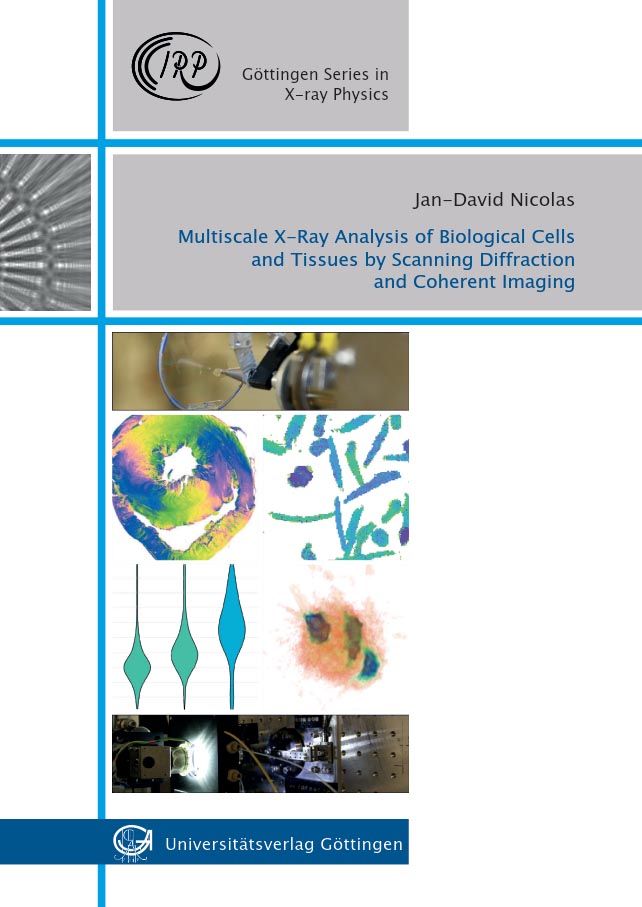Understanding the intricate details of muscle contraction has a long-standing tradition in biophysical research. X-ray diffraction has been one of the key techniques to resolve the nanometer-sized molecular machinery involved in force generation. Modern, powerful X-ray sources now provide billions of X-ray photons in time intervals as short as microseconds, enabling fast time-resolved experiments that shed further light on the complex relationship between muscle structure and function. Another approach harnesses this power by repeatedly performing such an experiment at different locations in a sample. With millions of repeated exposures in a single experiment, X-ray diffraction can seamlessly be turned into a raster imaging method, neatly combining real- and reciprocal space information. This thesis has focused on the advancement of this scanning scheme and its application to soft biological tissue, in particular muscle tissue. Special emphasis was placed on the extraction of meaningful, quantitative structural parameters such as the interfilament distance of the actomyosin lattice in cardiac muscle. The method was further adapted to image biological samples on a range of scales, from isolated cells to millimeter-sized tissue sections. Due to the ‘photon-hungry’ nature of the technique, its full potential is often exploited in combination with full-field imaging techniques. From the vast set of microscopic tools available, coherent full-field X-ray imaging has proven to be particularly useful. This multimodal approach allows to correlate two- and three-dimensional images of cells and tissue with diffraction maps of structure parameters. With the set of tools developed in this thesis, scanning X-ray diffraction can now be efficiently used for the structural analysis of soft biological tissues with overarching future applications in biophysical and biomedical research.
Publikationstyp: Hochschulschrift
Sparte: Universitätsverlag
Sprache: Englisch





